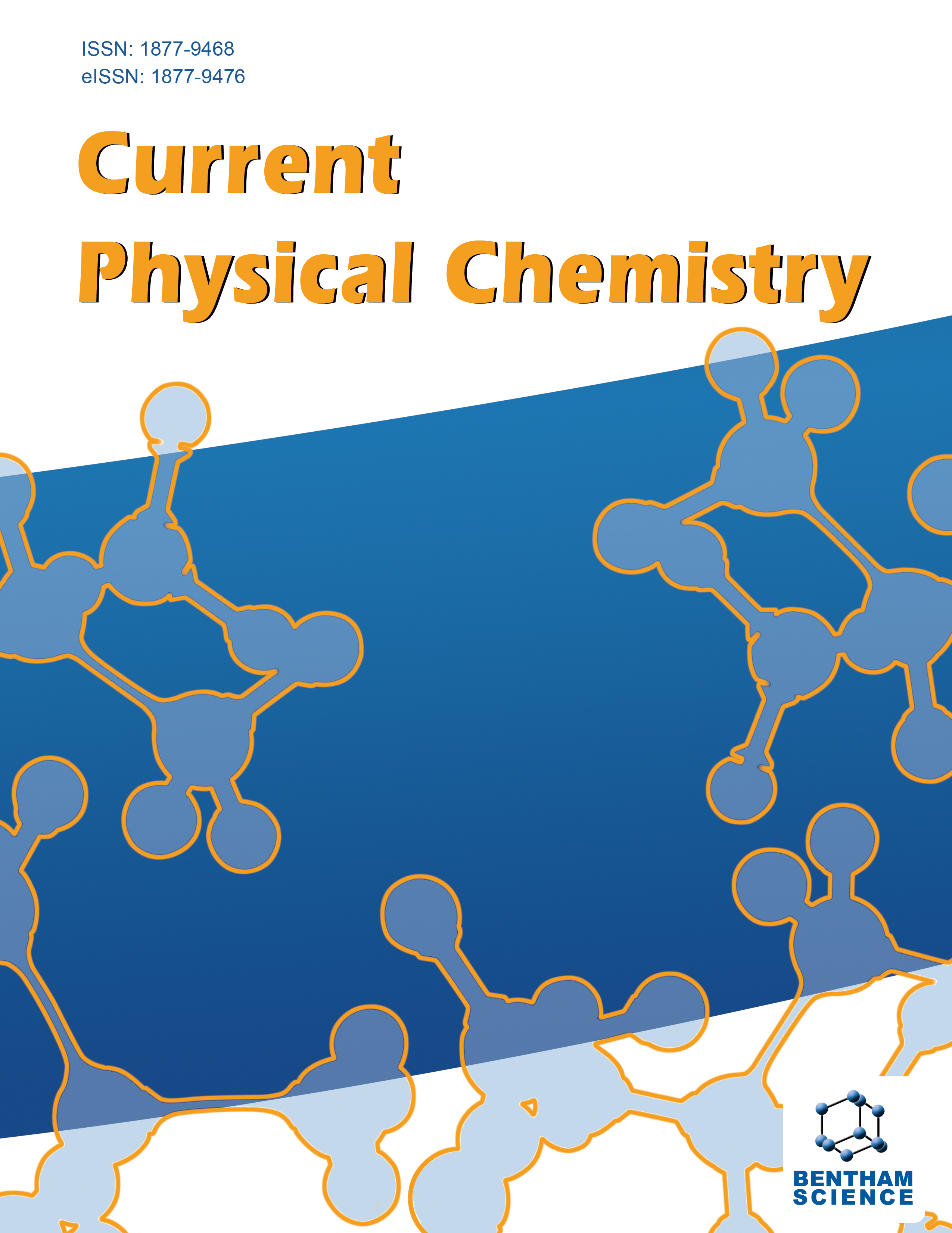-
s Characterization of Hybrid Bio-Ceramic Hydroxyapatites Reinforced by Expanded Perlite-TiO2-ZrO2-MgO-P2O5
- Source: Current Physical Chemistry, Volume 10, Issue 2, Aug 2020, p. 136 - 143
-
- 01 Aug 2020
Abstract
Background: Hydroxyapatite, which is naturally and synthetically available, is often used as a biomaterial because of its similarity to bone. Aim: In this study, Natural hydroxyapatite powder, synthesized from sheep bone, and synthetic hydroxyapatite were used as matrix. Materials and Methods: Hybrid bio-ceramic composites were obtained by adding 5 wt. % expanded perlite-TiO2-ZrO2-MgO-P2O5 to both matrixes. The bio-ceramic materials which were mixed with mechanical mixer for 30 minutes were pressed with hydraulic press under 25 MPa pressure and sintered at 900°C for 1 hour. Density, micro-hardness, X-Ray Diffraction (XRD), Scanning Electron Microscope (SEM) and Energy Dispersive Spectroscopy (EDS) analysis were performed to determine characteristics of the samples. Result: As a result, it was identified that the micro-hardness of natural hydroxyapatite was higher. In addition, the increase in micro-hardness values of ZrO2-reinforced samples was higher than the TiO2-reinforced samples. Conclusion: Hydroxyapatite, calcium silicate, calcium phosphate structures were observed in XRD analysis. Micro-pores were observed in TiO2-reinforced samples while more dense structures were observed in ZrO2-reinforced samples.


